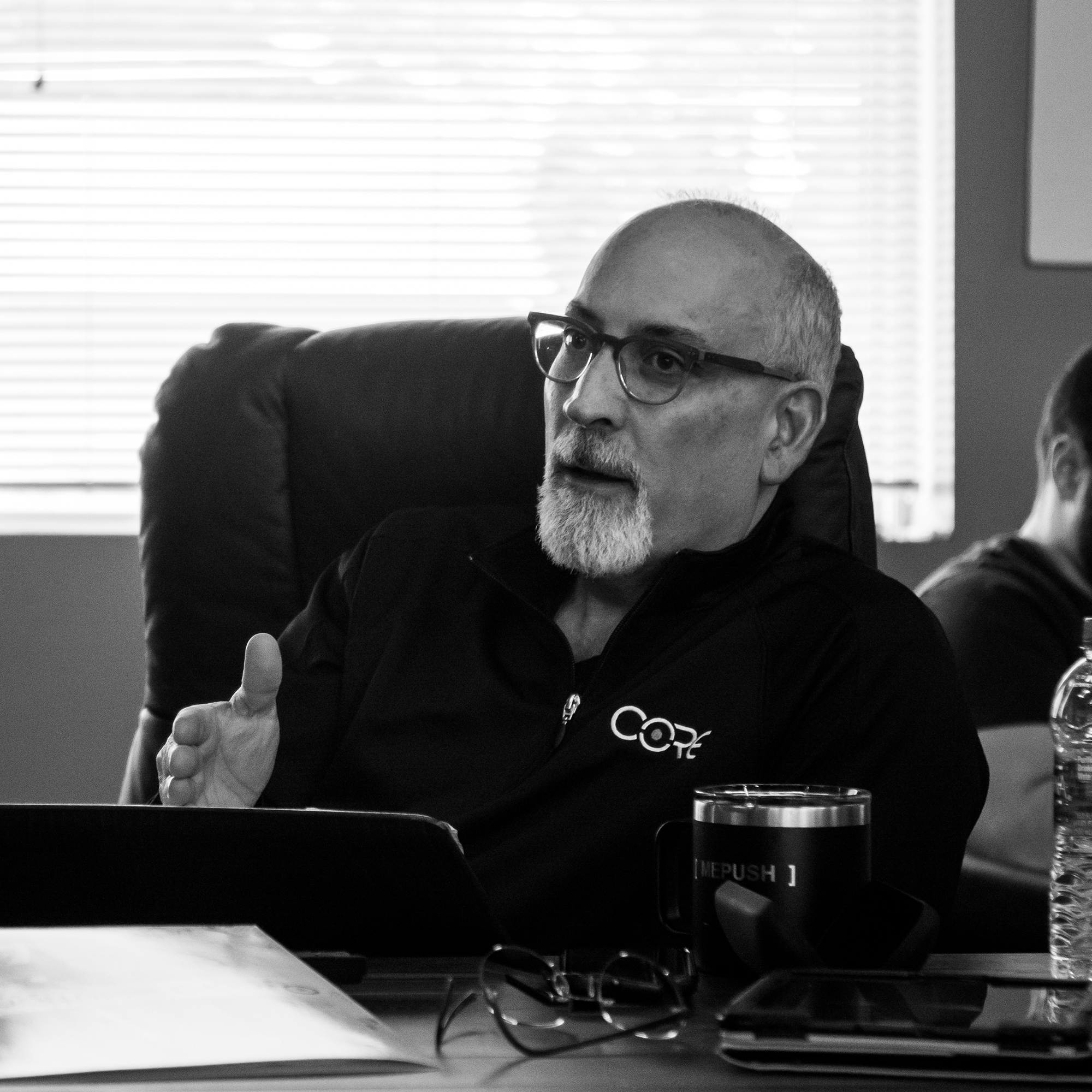AS9100 Clause 10 Explained
What is AS9100 Clause 10 About?
AS9100 Clause 10 pertains to “Improvement.” This clause focuses on driving continuous improvement within an organization’s aerospace quality management system. It outlines requirements for taking corrective actions, implementing preventive actions, and promoting a culture of continual improvement throughout the organization.
Here are the key components of AS9100 Clause 10:
Nonconformity and Corrective Action:
The standard requires organizations to establish processes for identifying and addressing nonconformities. When nonconformities occur, organizations must take corrective actions to eliminate the root cause and prevent its recurrence. This involves investigating the cause of the nonconformity, determining appropriate corrective actions, implementing those actions, and verifying their effectiveness.
Preventive Action:
In addition to corrective actions, AS9100 emphasizes the importance of preventive actions to proactively address potential issues before they occur. Organizations are required to identify and assess risks, implement preventive measures to mitigate or eliminate those risks, and monitor the effectiveness of preventive actions.
Get a Free Quote
Problem Solving:
AS9100 encourages organizations to use problem-solving methodologies, such as root cause analysis, to systematically identify, analyze, and resolve issues affecting product quality, customer satisfaction, or the effectiveness of the quality management system.
Continuous Improvement:
The standard promotes a culture of continual improvement by requiring organizations to establish processes for identifying opportunities for improvement and implementing actions to enhance the effectiveness of the quality management system. This includes soliciting feedback from employees, customers, and other relevant stakeholders to identify areas for improvement and implementing changes based on the findings.
Monitoring and Measurement:
AS9100 emphasizes the importance of monitoring and measuring processes, products, and the quality management system itself to identify areas for improvement. Organizations are required to establish metrics, collect relevant data, analyze trends, and use this information to drive continuous improvement initiatives.
Management Review:
Management reviews play a crucial role in driving improvement within the organization. AS9100 requires organizations to conduct regular management reviews to evaluate the performance of the quality management system, assess opportunities for improvement, and allocate resources to support improvement initiatives.
By adhering to the requirements outlined in AS9100 Clause 10, organizations can systematically identify opportunities for improvement, take appropriate actions to address deficiencies and foster a culture of continuous improvement that drives enhanced performance, customer satisfaction, and competitiveness in the aerospace industry.
The AS9100 Clauses:
What are the Differences Between AS9100 Clause 10 and ISO 9001 Clause 10?
AS9100 Clause 10 and ISO 9001 Clause 10 both address improvement within the context of quality management systems, but there are differences reflecting the specific needs and requirements of the aerospace industry versus general quality management principles.
Here are the key differences:
Emphasis on Aviation and Aerospace Requirements:
AS9100 Clause 10 includes additional requirements specific to the aerospace industry, such as product safety, counterfeit parts prevention, configuration management, and risk management related to aviation safety. ISO 9001, on the other hand, is a generic standard applicable to any industry and does not include industry-specific requirements.
Product Safety and Configuration Management:
AS9100 places more emphasis on product safety and configuration management compared to ISO 9001. This includes requirements related to identifying and controlling product safety hazards and maintaining configuration management throughout the product lifecycle. ISO 9001 may have less detailed requirements in these areas, focusing more on general quality management principles.
Counterfeit Parts Prevention:
AS9100 includes specific requirements for preventing the use of counterfeit parts in aerospace products, including the establishment of processes for detecting and mitigating the risk of counterfeit parts entering the supply chain. ISO 9001 does not have specific requirements related to counterfeit parts prevention.
Risk Management:
While both standards address risk management, AS9100 places a greater emphasis on managing risks related to aviation safety, including risk identification, assessment, mitigation, and control specific to aerospace products and services. ISO 9001’s requirements for risk management are more general and apply to any industry.
Regulatory Compliance:
AS9100 may include additional requirements related to compliance with aviation regulations and standards, given the highly regulated nature of the aerospace industry. ISO 9001 focuses on compliance with applicable statutory and regulatory requirements but does not specifically address aviation regulations.
While AS9100 Clause 10 shares some similarities with ISO 9001 Clause 10 in terms of promoting continuous improvement within the quality management system, it includes additional requirements specific to the aerospace industry to ensure the safety, reliability, and quality of aerospace products and services.
How Does a Company Comply with AS9100 Clause 10?
Compliance with AS9100 Clause 10, which focuses on improvement, involves several key steps:
Establishing Corrective Action Processes:
Develop and implement robust processes for identifying, documenting, investigating, and addressing nonconformities within the quality management system. Ensure that employees are trained in identifying and reporting nonconformities and that there are clear procedures for initiating corrective actions.
Root Cause Analysis:
When addressing nonconformities, prioritize conducting thorough root cause analysis to identify the underlying reasons for the issue. Use techniques such as the 5 Whys, fishbone diagrams, or fault tree analysis to systematically explore potential causes and determine the root cause(s) of the nonconformity.
Implementing Corrective Actions:
Once the root cause(s) of a nonconformity are identified, develop and implement appropriate corrective actions to address the issue and prevent its recurrence. Ensure that corrective actions are effectively communicated, documented, and tracked to completion within established timelines.
Preventive Action Planning:
Proactively identify potential risks, vulnerabilities, or opportunities for improvement within the quality management system. Develop preventive action plans to mitigate or eliminate these risks and enhance system effectiveness. This may involve implementing process improvements, updating procedures, or providing additional training to employees.
Continuous Improvement Culture:
Foster a culture of continuous improvement throughout the organization by encouraging employees to actively participate in identifying and implementing improvement opportunities. Establish mechanisms for collecting employee feedback, suggestions, and ideas for improvement, and provide recognition and rewards for contributions to improvement initiatives.
Management Review:
Regularly review the performance of the quality management system, including the effectiveness of corrective and preventive actions, during management review meetings. Use these reviews to assess progress towards improvement objectives, identify areas for further improvement, and allocate resources accordingly.
Monitoring and Measurement:
Establish metrics and performance indicators to monitor the effectiveness of improvement initiatives and the overall performance of the quality management system. Collect relevant data, analyze trends, and use this information to identify areas for further improvement and make data-driven decisions.
Document Control:
Ensure that all activities related to corrective and preventive actions, including documentation of nonconformities, root cause analysis, corrective actions, and preventive actions, are properly documented, controlled, and maintained in accordance with AS9100 requirements.
By following these steps and integrating improvement processes into the organization’s quality management system, companies can effectively comply with AS9100 Clause 10 and demonstrate their commitment to continual improvement and excellence in aerospace quality management.
Helpful Resources: AS9100 – AS9102 – How the Aerospace Industry is Different
AS9100 – AS9120 – How the Aerospace Industry is Different
Join us in this engaging podcast episode as host Xavier Francis sits down with ISO experts Suzanne Weber-Smatko and Bruce Newman. Delve into the intricate world of the AS9100 standards, where they unravel the unique attributes of AS9100/9120. Discover how AS 9100/9120’s laser focus on product safety, operational risks, and stringent supplier controls sets it apart in the aerospace sector. Listen Now.
Consulting Support for AS9100
Every year, we help hundreds of small businesses achieve AS9100 certification. Support for AS9100 is available through any of our Consulting Programs As an American business with a story like yours, we know that time is valuable. Our expert consultants are here to take on the difficult, technical aspects of certification so you can focus on your business. They’ll work with you every step of the way until you’re successfully certified. Interested? Get a Free Quote.
In many industries, AS9100 has become a requirement. When landing a big contract, AS9100 certification could make all the difference.

About Core Business Solutions
"Core Business Solutions was started by my brother, Mike Dawson, and myself, true entrepreneurs at heart looking for a better way to make a living and help small businesses improve the quality of the products and services they provide.
The bottom line: we are real people that have developed a team to come along side you to help you grow and succeed."
-- Scott Dawson, President
Related Standards
We provide consulting support for various other standards, as well as support for companies seeking multiple certifications through an Integrated Management System.
ISO 9001
Quality Management Systems
AS9120
Aerospace Distributors
ISO 14001
Environmental Management Systems
ISO 45001
OH&S Management Systems
ISO 9001
AS9120
ISO 14001
ISO 45001
Learn more about AS9100 at our articles page.
Equip Your Business to Meet AS9100 With CORE
At Core Business Solutions, we’re here to equip your company for success in meeting AS9100 requirements. We’ve helped hundreds of small businesses grow and deliver the best solutions to their clients. We provide ISO training services, consulting help, and compliance software to help you get certified and stay certified. We focus on optimizing your processes and helping you implement an ISO-compliant QMS. When you partner with us, you’ll get the tools and help you need for success. For more information on the AS9100 standard, please visit our articles page. You can also call our consulting office at 866-354-0300 or contact us online.


